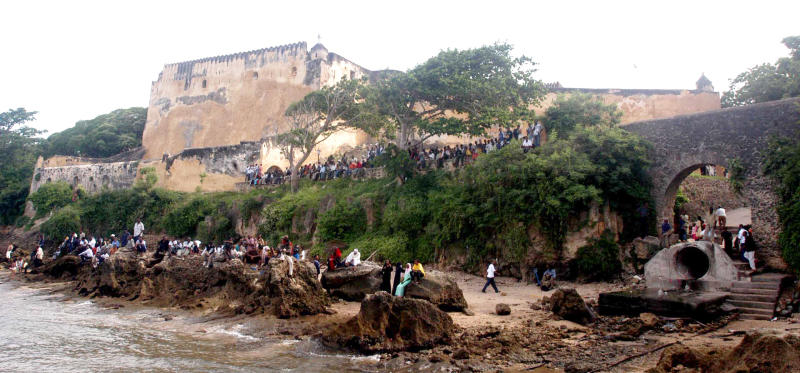
At the height of the hostilities, vultures hovered above the bastion and Indian crows squealed in delight every time the mighty canons thundered around the battlefield. Those were the days when a man’s strength was measured by the might of his fist, the sharpness of his machete and the caliber of his gun.
The last of the big guns directed at the fort may have fallen silent but the stories of the exploits of the heroes and the treachery suffered by the victims of the diabolical schemes still makes hairs stand on end as if the atrocities were committed last week.